Inside the Wild World of Sneaker-Buying Bots
Credit to Author: Ashwin Rodrigues| Date: Mon, 14 Aug 2017 13:00:00 +0000
When a reddit user on the r/sneakers subreddit recently declared he’d finally secured the Belugas, a personal grail, the entire channel rejoiced. There were many others who desired his wares. He didn’t cook, but copped on GOAT, so the price was definitely above retail.
Make sense? If not, you’re probably not a sneakerhead.
“Grails” are one’s most coveted pair of sneakers, “bots” are software used to automate the online checkout process, and “copping” means a successful purchase. To “cook” is to cop with bots. Belugas are a specific colorway of the Yeezy 350 Boost from Adidas, one of the most sought after sneakers today. GOAT is an app for reselling sneakers.
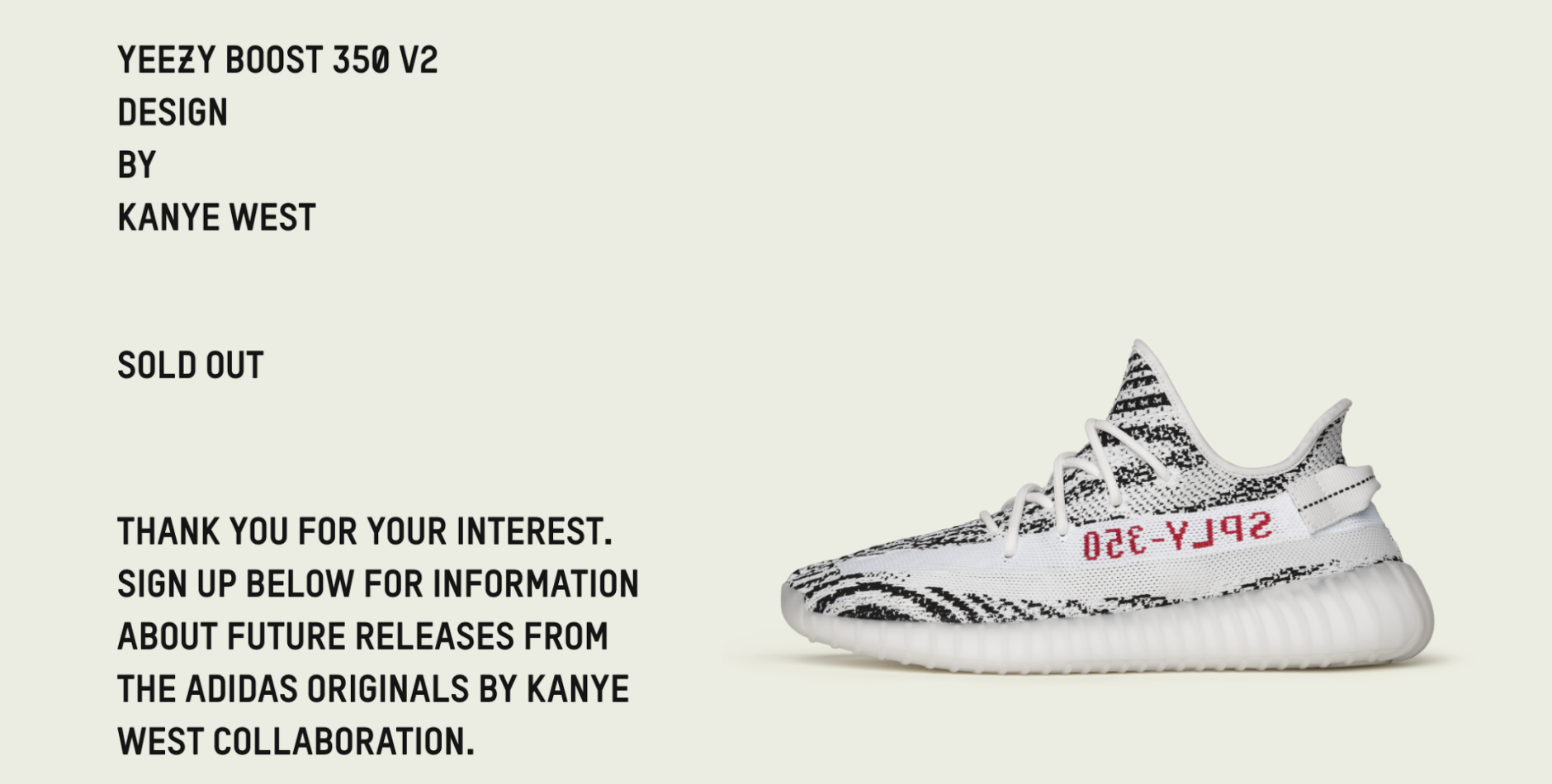
In-store releases used to be the defacto way to sell new sneakers. These retail store events have become less common as they’re a sure bet for logitistical chaos—and sometimes violence. Today, the majority of new sneakers are released and sold online. And if it’s on the internet, it will be hacked. Buying sneakers is no exception.
Although the infrastructure for buying sneakers has scaled, the supply has not. So sneakerheads use bots to fight for a better place in line, online. These bots automate the checkout process, saving the user’s shoe preference, size, and credit card payment information. This way, users can speed through the checkout process the instant a sneaker is released.
People are willing to pay for bots—which range from $10 browser extensions to $500 standalone software programs—because the resale value is often much higher on secondary markets, such as StockX, the “stock market” for sneakers.
Some bots are run through proxies, which enables the bot to hit retail websites from multiple remote IP addresses in order to purchase multiple pairs of shoes without getting banned by the retailer. Some bots claim to use servers located close to retailers’ datacenters to minimize latency and shave off milliseconds from the purchasing process (this is common with Ticketmaster bots as well; the biggest bot makers say having an internet connection physically close to the retailers’ servers doesn’t actually do anything.)
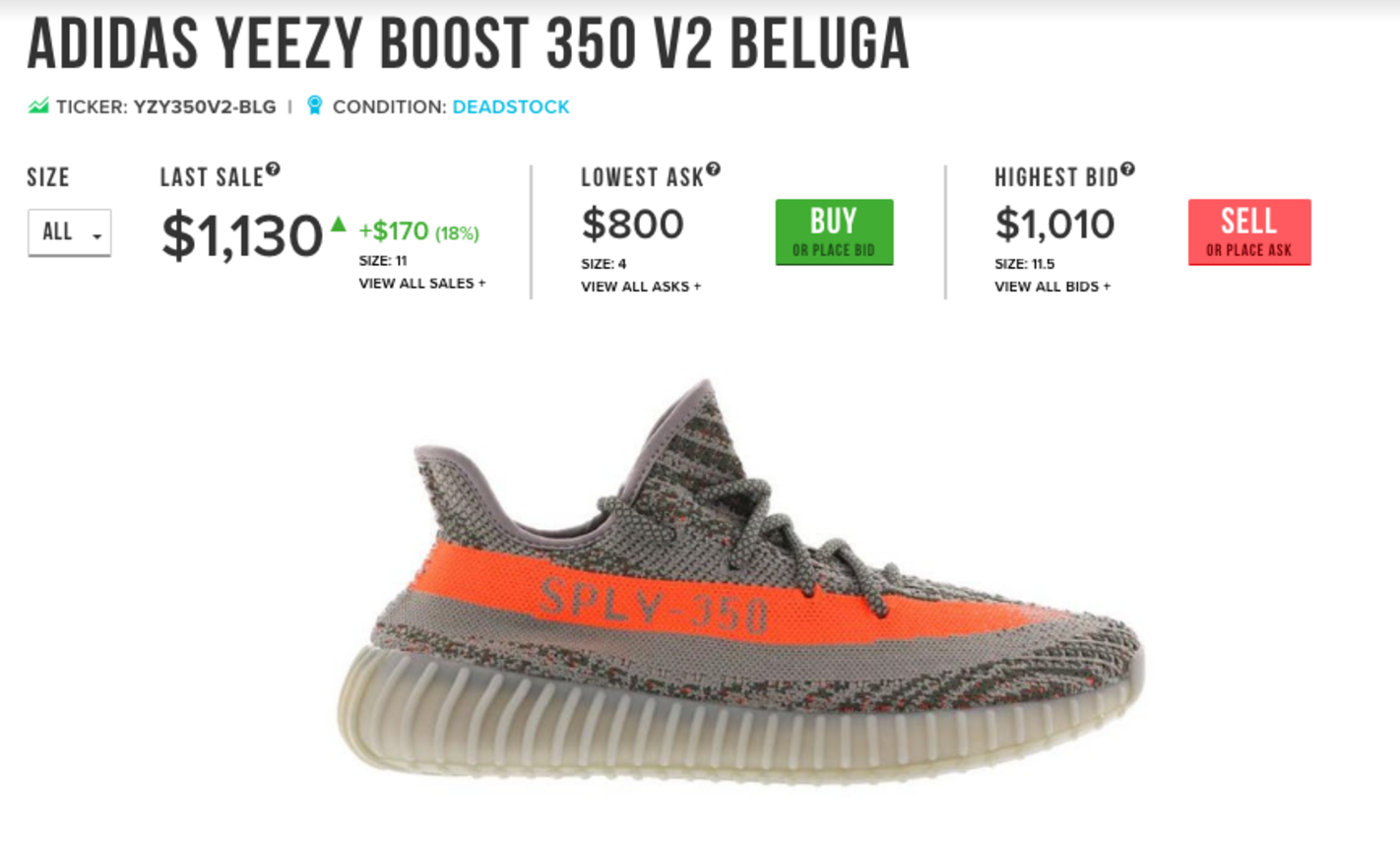
These bots have made it effectively impossible for the average consumer to buy a highly desired pair of sneakers.
“Without bots, your chances of getting a Yeezy were effectively zero,” because the shoes are in such high demand, Josh Luber, CEO of StockX, told me. “With bots makes it actual zero.”
To learn more about bots, I spoke with Alex*, Vice President at AIY Solutions, which sells the All-in-One Bot and Another Nike Bot.
*Alex agreed to speak to Motherboard only if we use a pseudonym because he has previously been harassed by sneakerheads after speaking about bots. “Alex” is the pseudonym he regularly uses in the sneaker community.
At about $300, AIY Solutions bots are among the most expensive consumer sneaker bots. Comparable bots like NikeSlayer and Better Nike Bot start at $150 and $200, respectively.
Headquartered in Lebanon, AIY Solutions has roughly 40 employees, most of them developers. The developers work to update software to stay compatible with retailers’ ever-evolving websites, which change often to combat bots.
Given the outrageous demand and limited supply, sneakerheads are ready and willing to pay for any advantage in grabbing the latest release.
Even with a bot, there’s no way to ensure a successful purchase.
“We don’t guarantee that you’ll get a pair, we’ll just increase your chances and give you an advantage over everyone else,” Alex told me.
To restate, there are people spending hundreds of dollars just to have a chance to buy new sneakers.
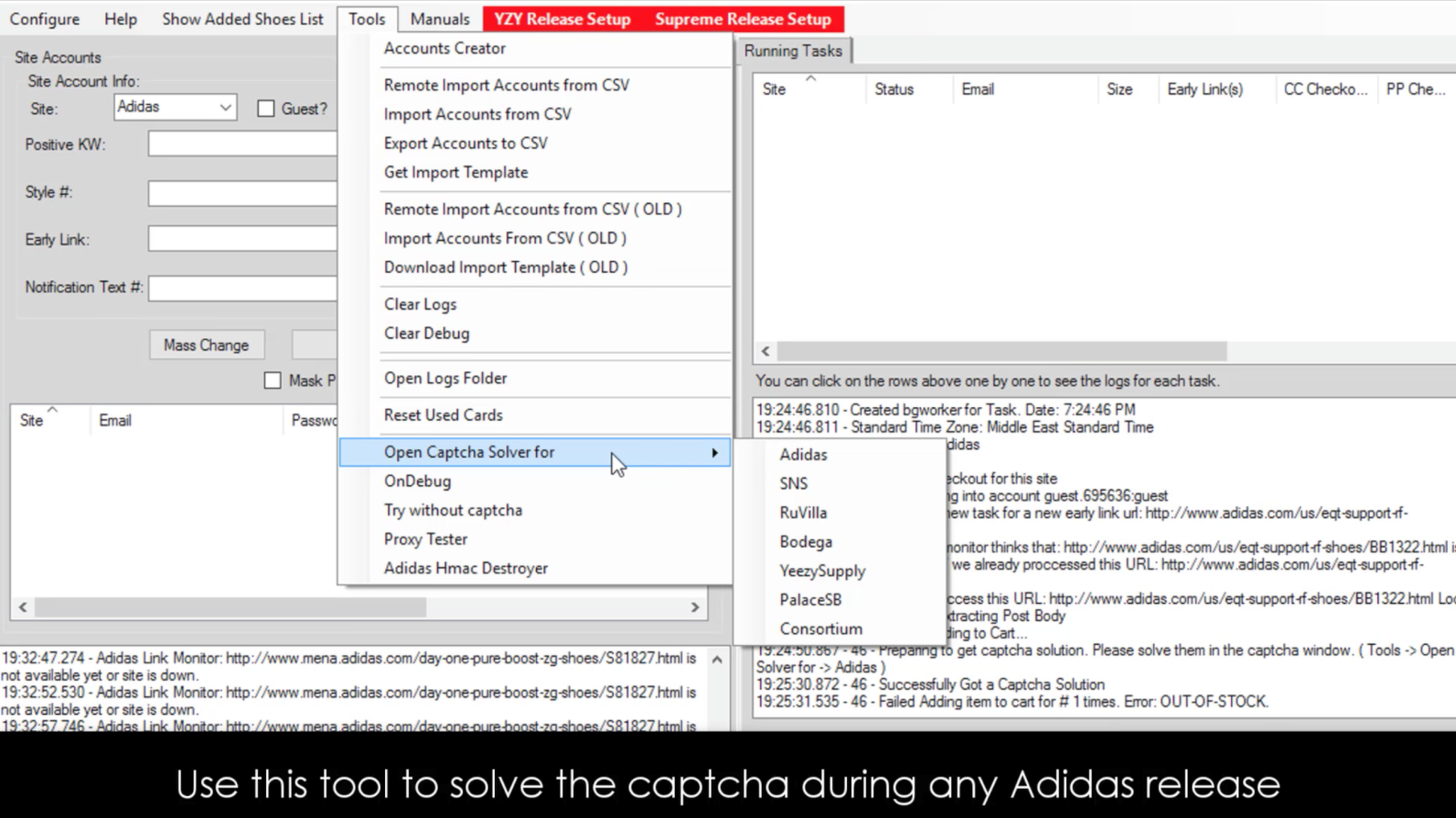
New bots are developed constantly and can often be found on dedicated subreddits, Twitter, online sneaker forums, and YouTube. But Alex says his biggest competition are the manufacturers themselves.
“We compete with Adidas,” he said. “If you want to get real, it’s a war. Every single time they do something, it’s our job to counter that.”
When you love sneakers so much, nothing will stop you
To address bots, both Adidas and Nike have released proprietary mobile apps for releasing new sneakers. The Nike and Adidas sneaker apps both add layers of security, such as additional questions (to suss out bots), or “raffles” that give the winners a unique link for purchasing new releases. Foot Locker recently released a similar “Launch Reservation” app. These apps make the hacking process more difficult, but not impossible. Charitable sneakerheads share pro-bono exploits―or “jigs”―for these apps as well.
Adidas America brand director Simon Atkins told me it’s a constant struggle to keep bots out of the company’s systems.
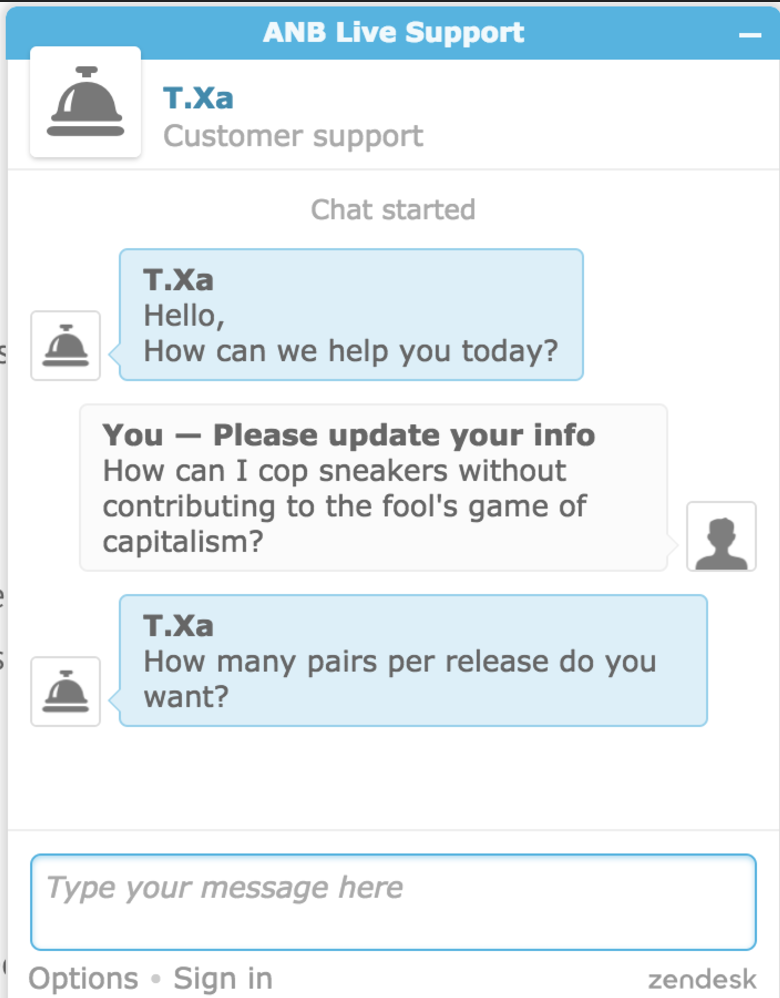
“We want to give people a secure, fair and stable experience [when buying sneakers online online],” he said. “Unfortunately, relentless online attacks can disrupt this. We’re investing more than ever before to ensure that with each product drop, the experience for our consumers is as easy and secure as possible.” Nike did not respond for a request to comment.
Many sneakers that are purchased using bots eventually end up on the StockX market, where they can often be sold at a markup. Luber says that—like StubHub—his market ensures that people are buying the real deal. There is an entire subreddit dedicated to bootlegging sneakers. Counterfeit sneakers can be easily found on eBay and Amazon (search Yeezy, for example.) Entire feature-length dramas unfold on YouTube when fraudulent sneaker sellers are exposed.
The company receives each pair of shoes before they’re sent to the buyer, so the sneakers can be verified before approving the purchase. Although StockX advertises its verification process, “probably 2 to 3 percent of the shoes that StockX gets are fakes that we have to reject,” said Luber. GOAT, a separate company which solely operates on mobile, has a similar verification model.
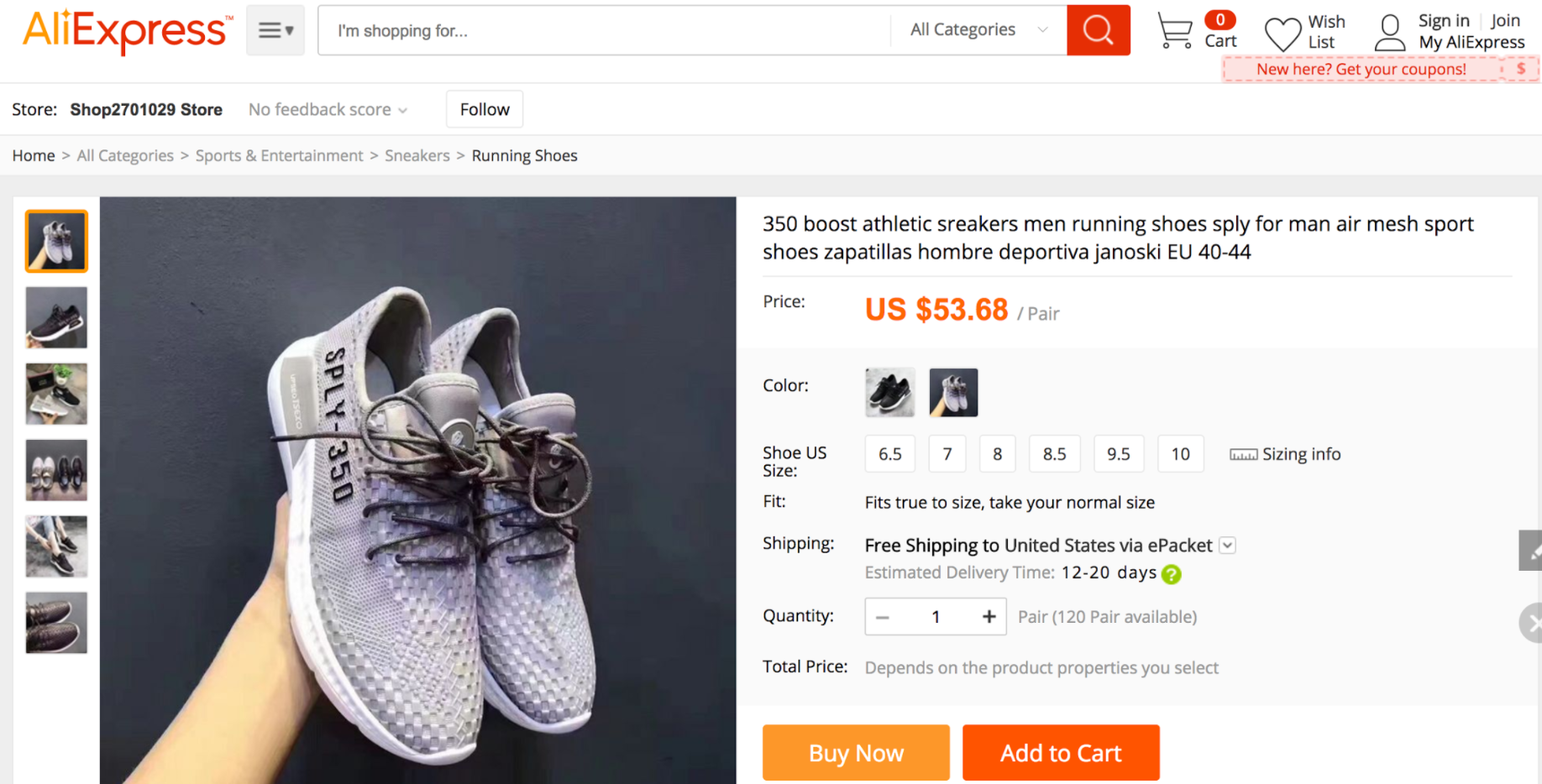
People buy bots so that they can have a better chance of copping to resell on StockX and other secondary markets—but because fraud is so rampant, average sneakerheads use them too so they have at least a fighting chance of buying direct from a retailer.
For the more price-conscious sneakerheads, private users sell second-hand bots (also known as “cracked” versions) at discounted prices. But horror stories abound from users who have bought cracked bots and have been scammed: For instance, Reddit user WhatManOn wrote that after used a cracked bot, they ended up with fraudulent charges on their bank account and started receiving tons of spam emails.
For those not willing to spend money for the chance to spend money on sneakers, there are other options. Self-starters can code bots themselves, and there are open-source bots available on GitHub. But for those without coding knowledge, these aren’t viable solutions. And so lots of sneakerheads buy something off the shelf.
“Most users are not technical,” Alex said. “They’re just plain Joes who just like sneakers. One of the coolest things about sneaker culture is that when you love sneakers so much, nothing will stop you.”